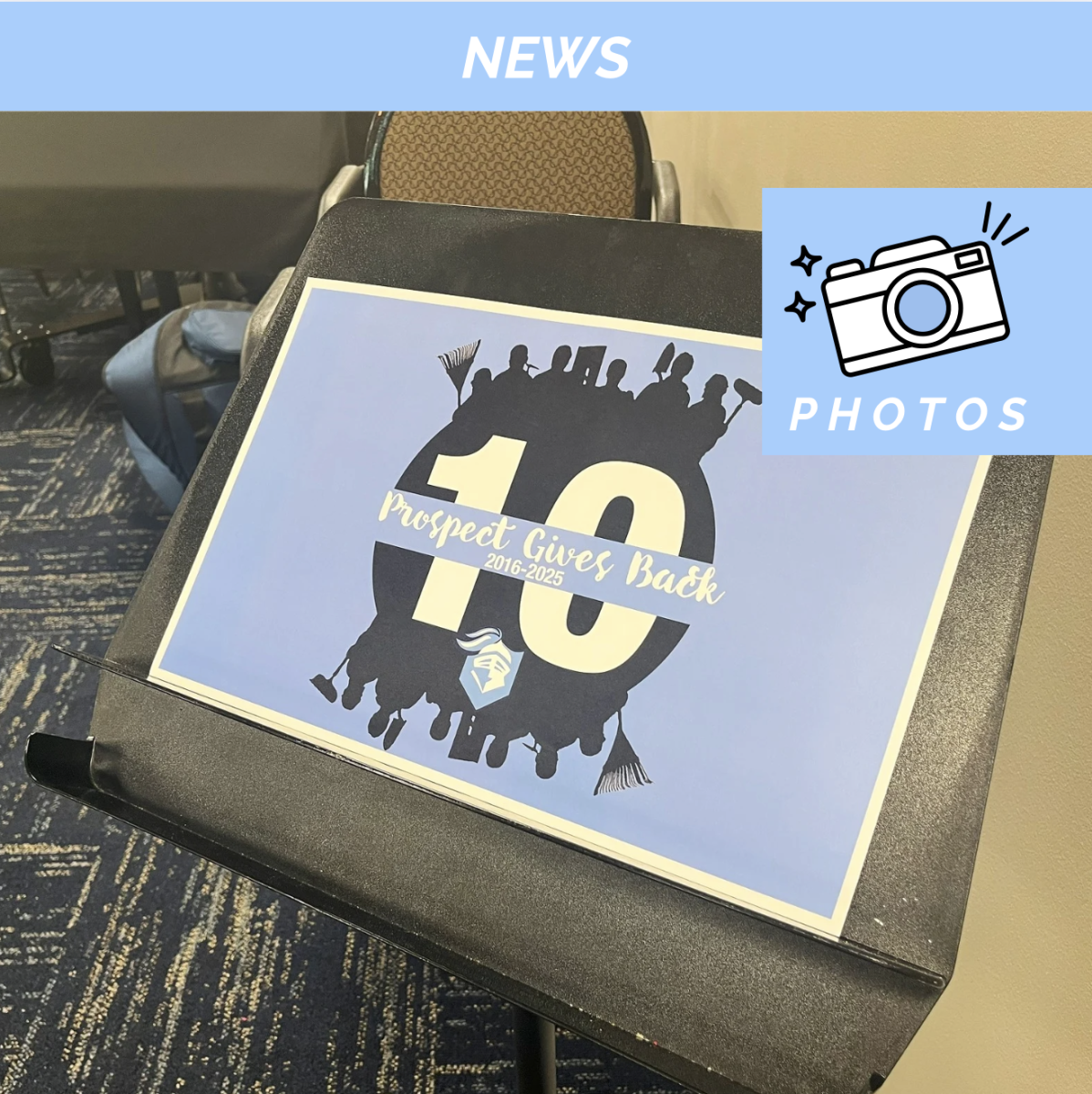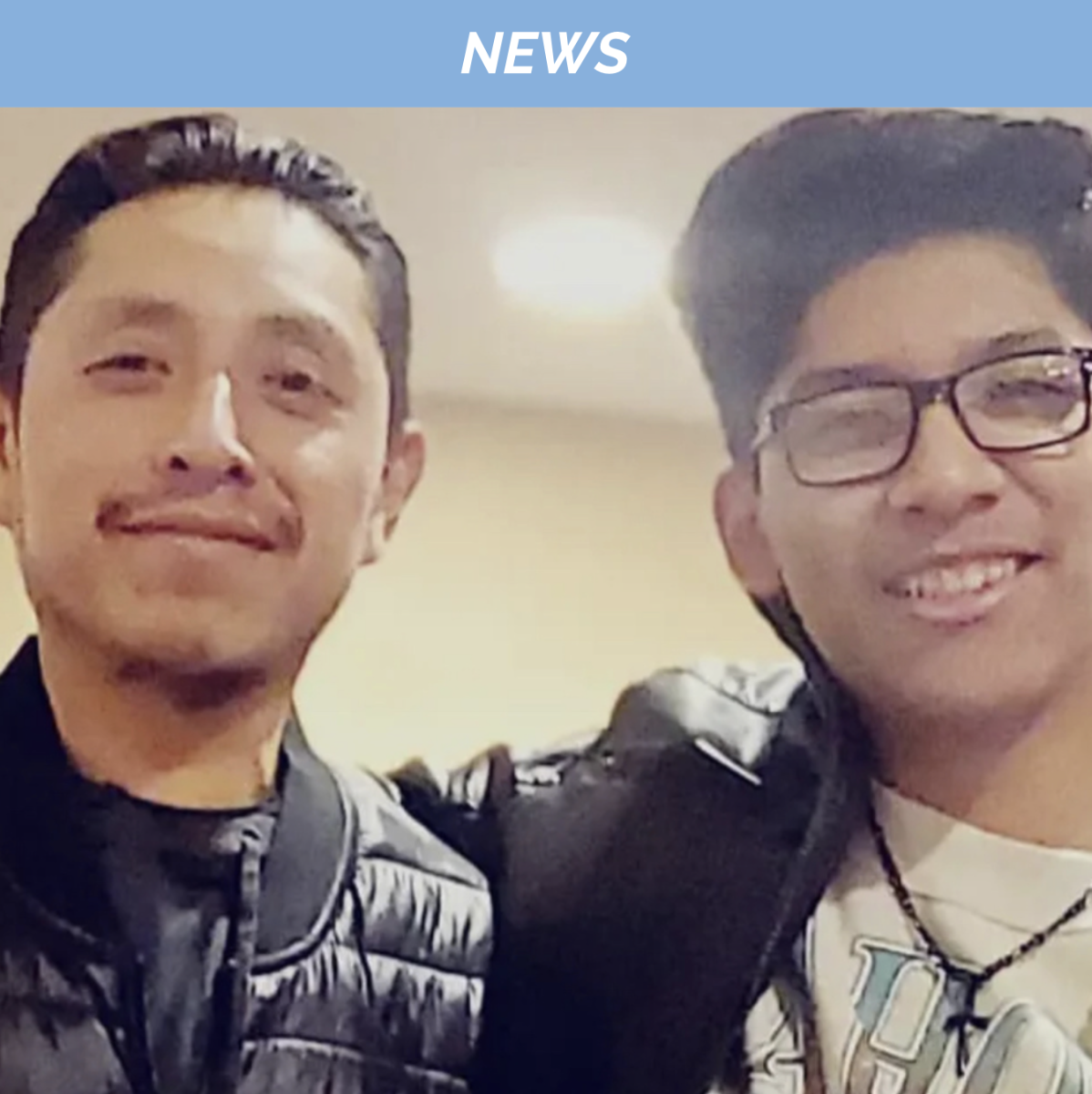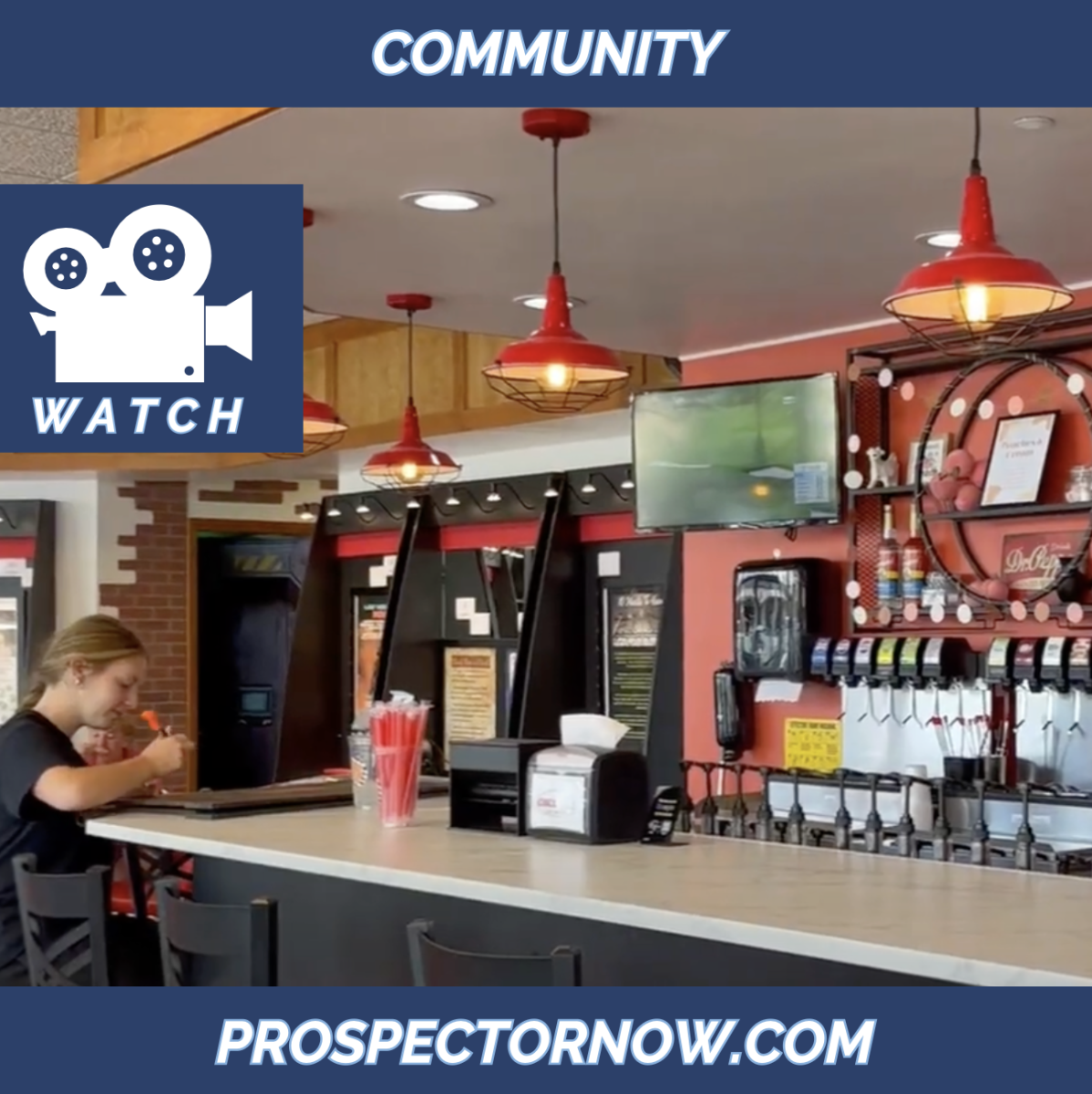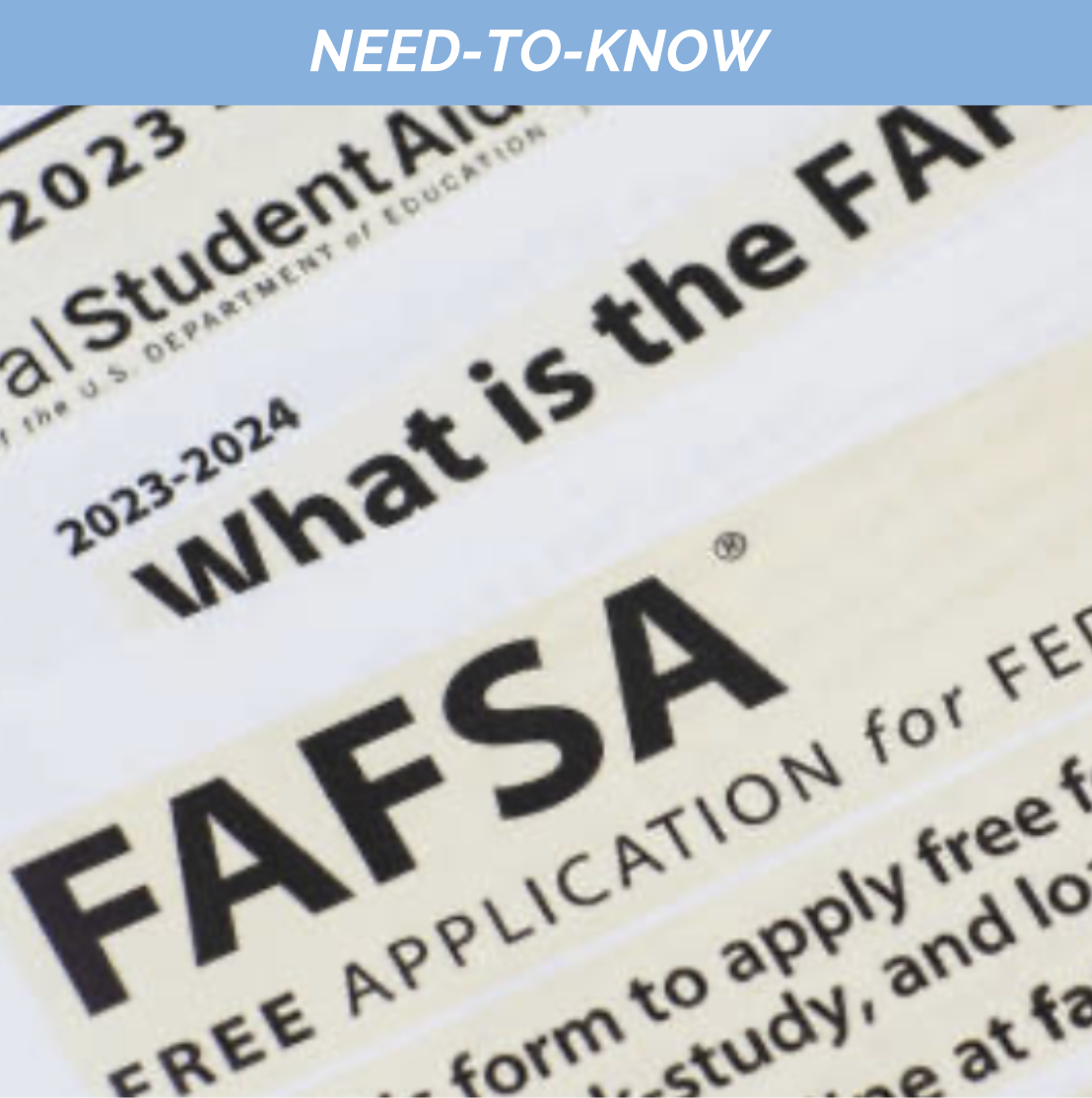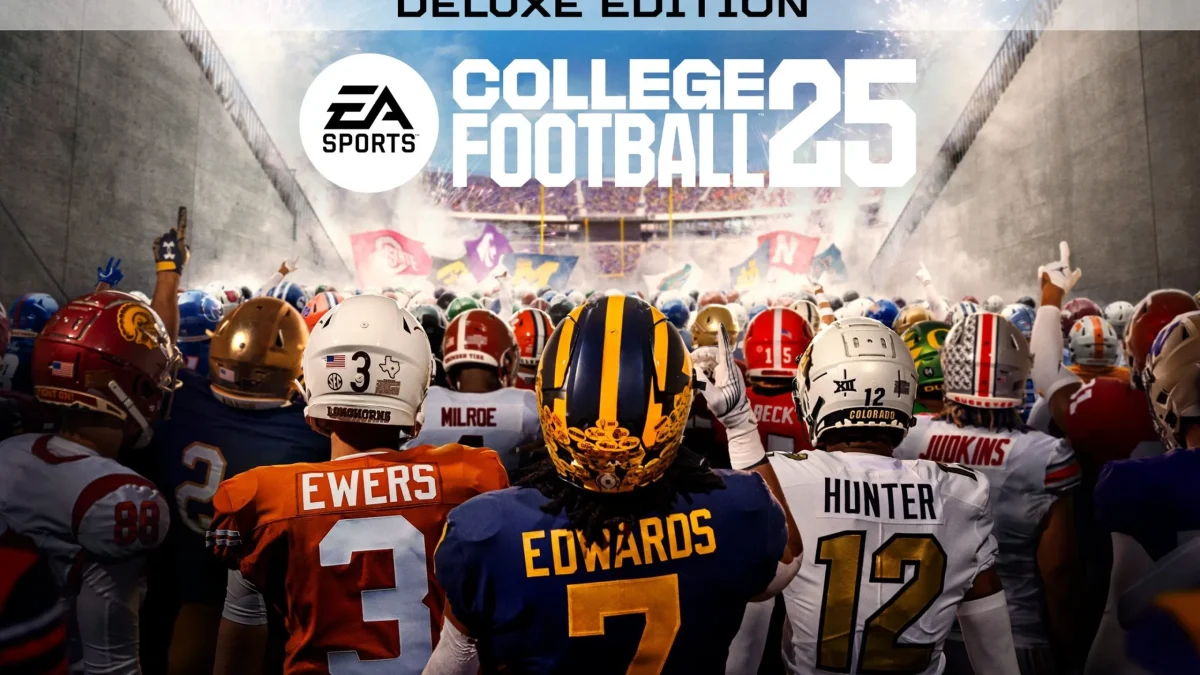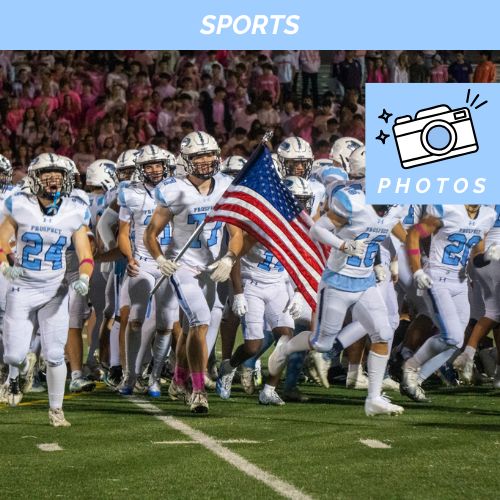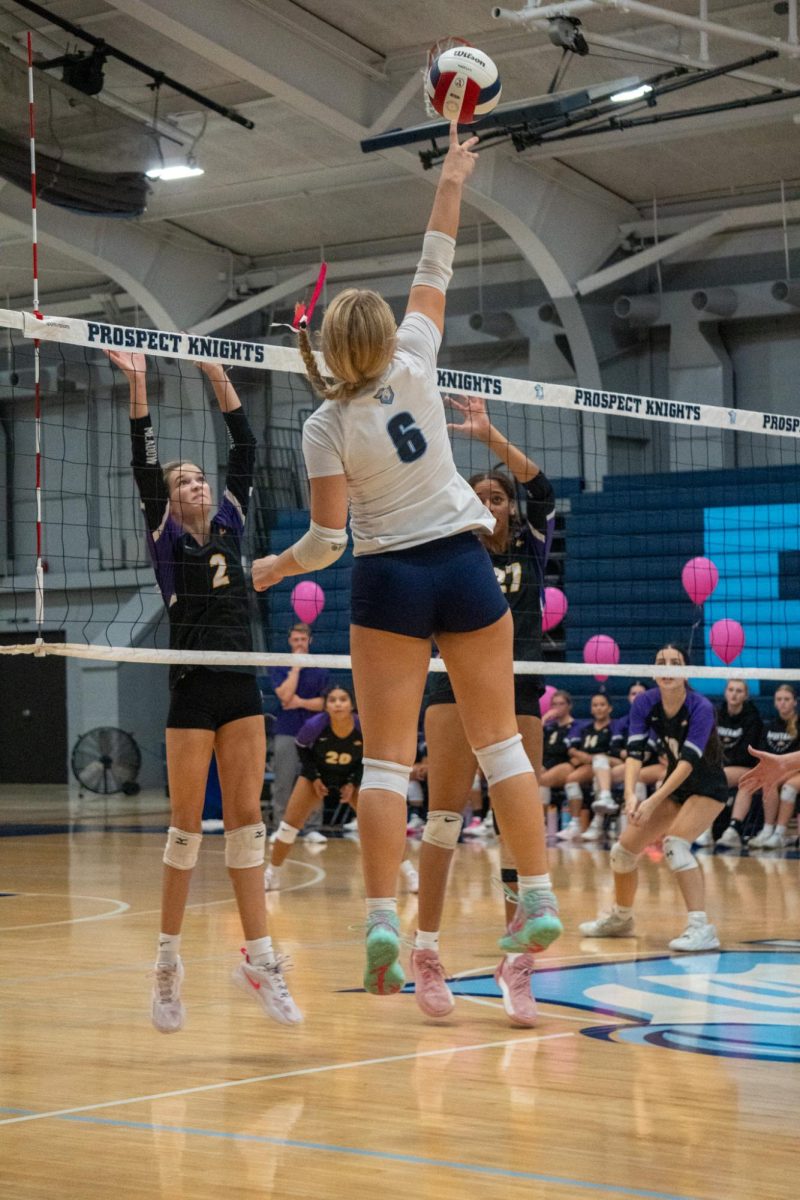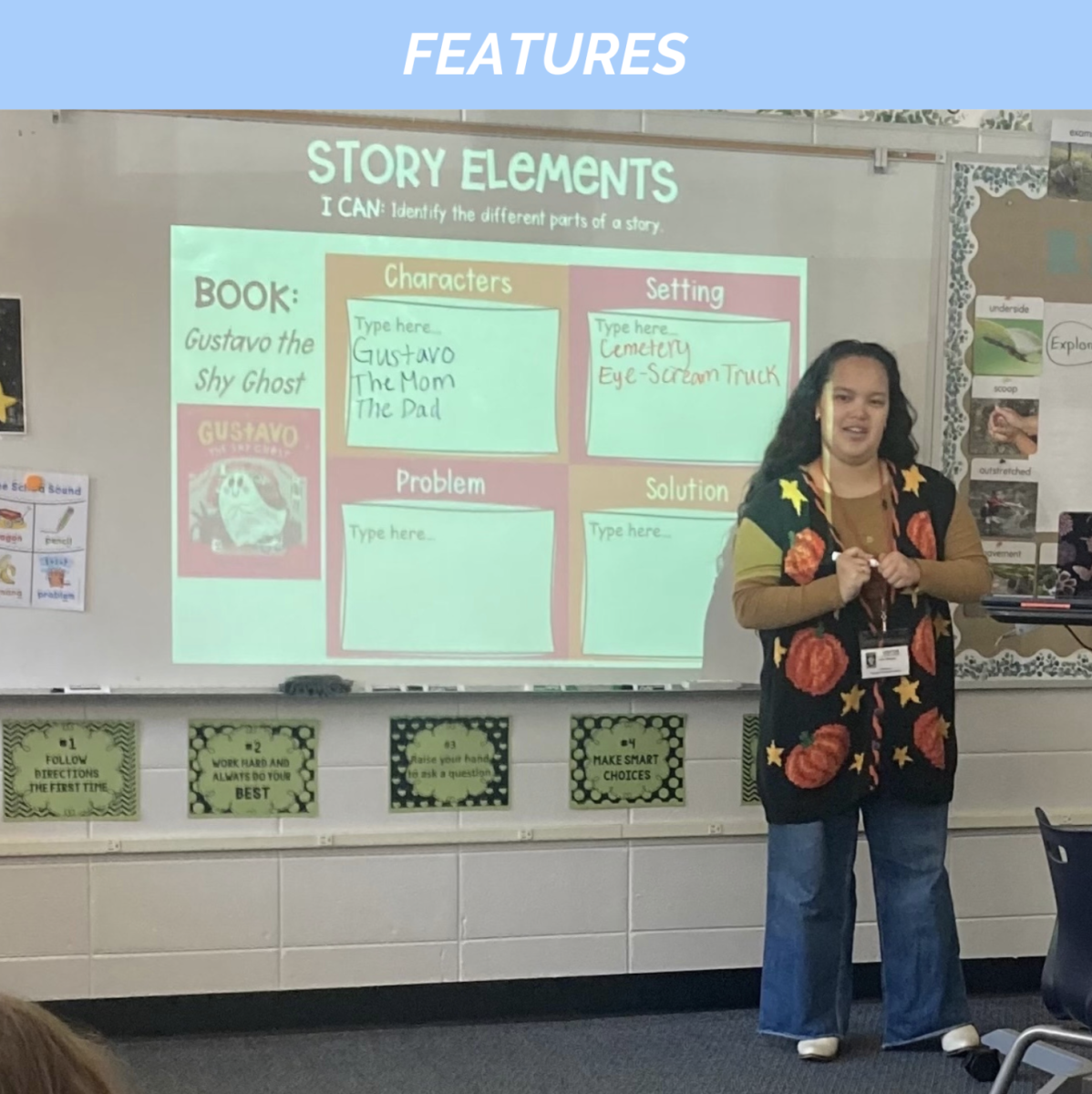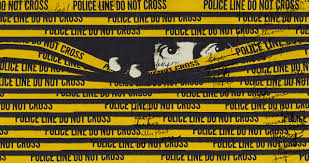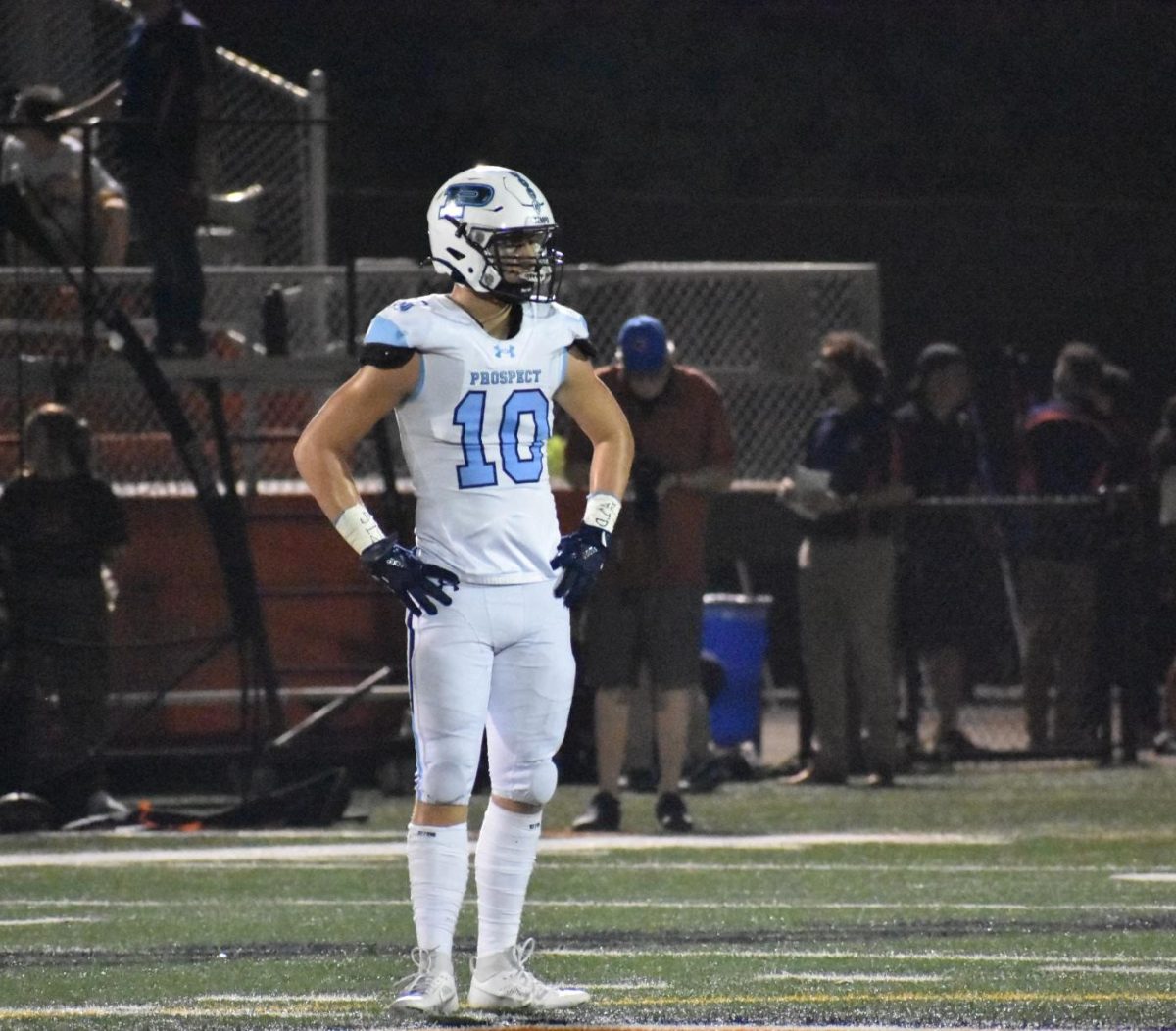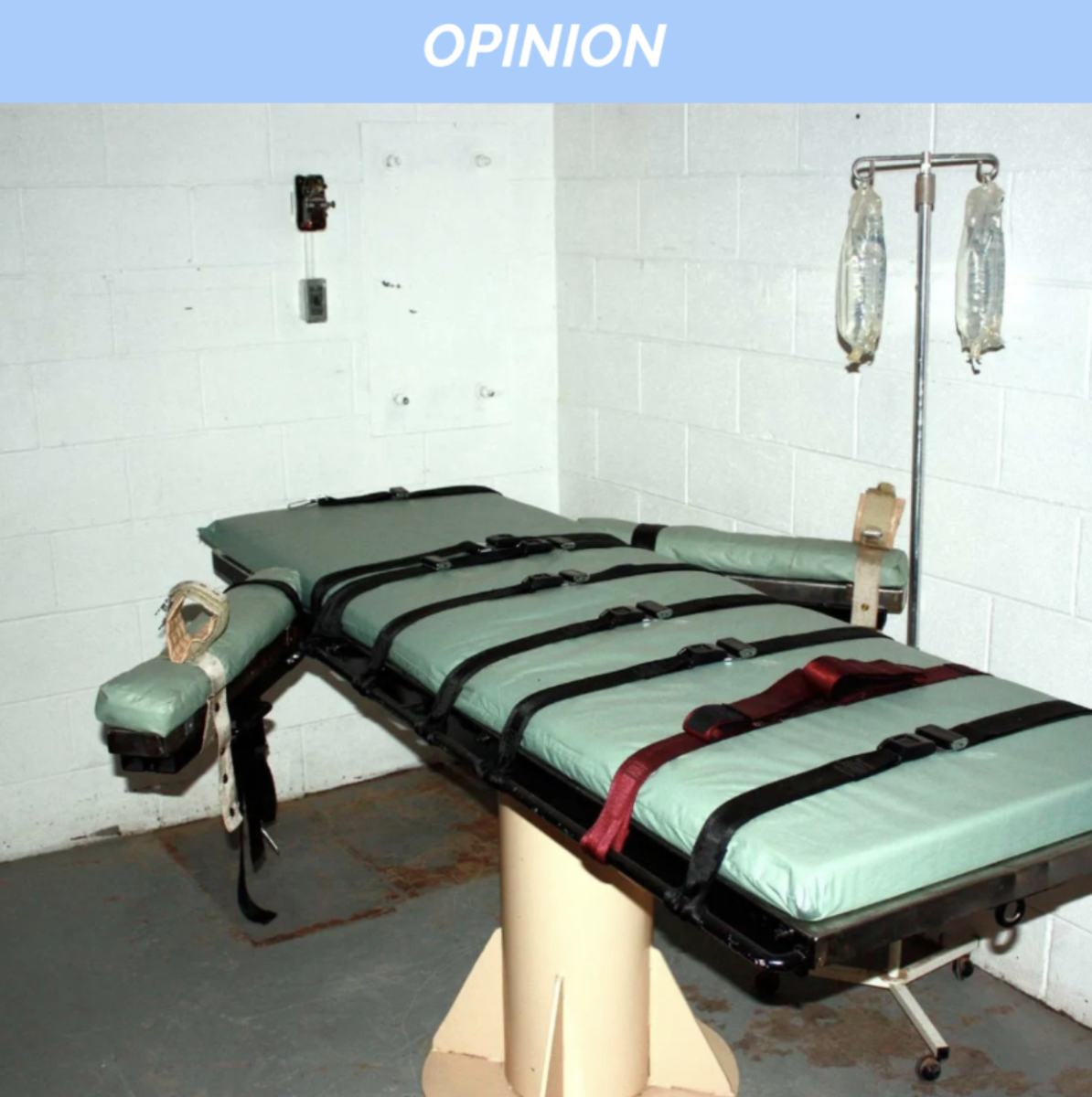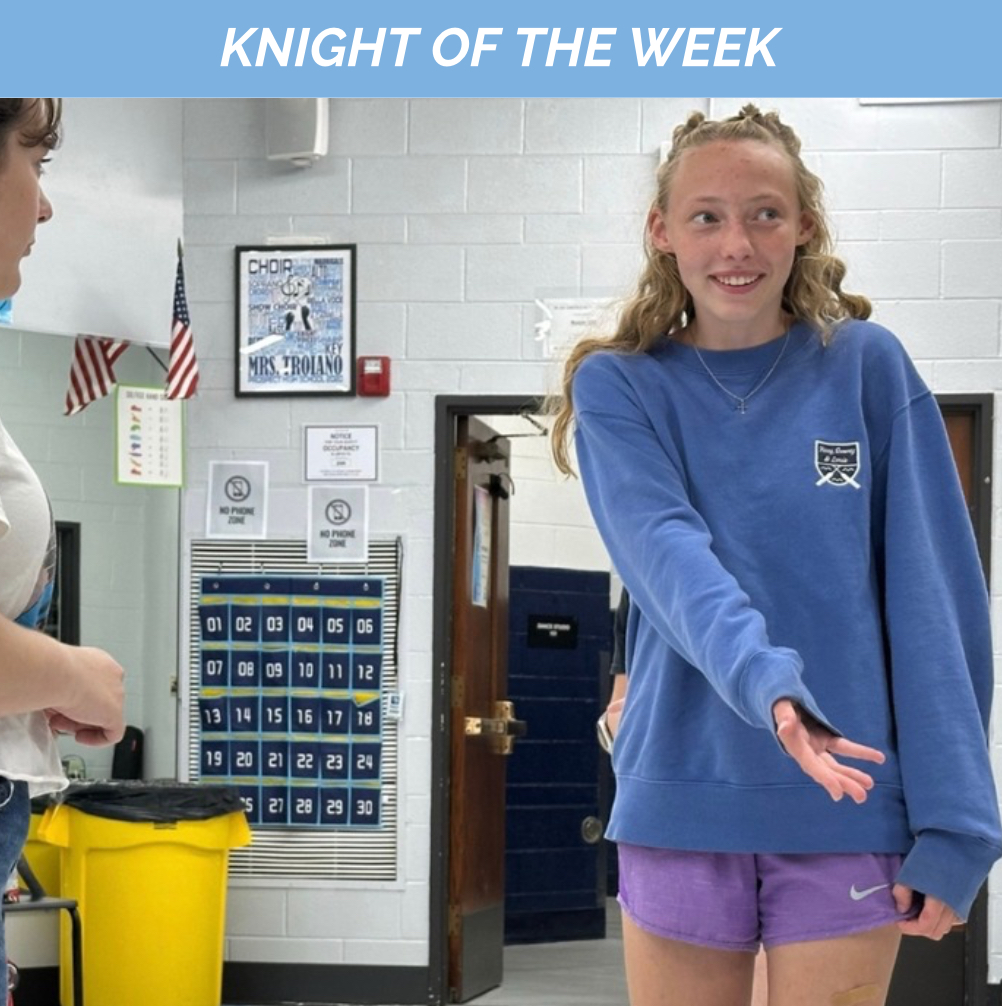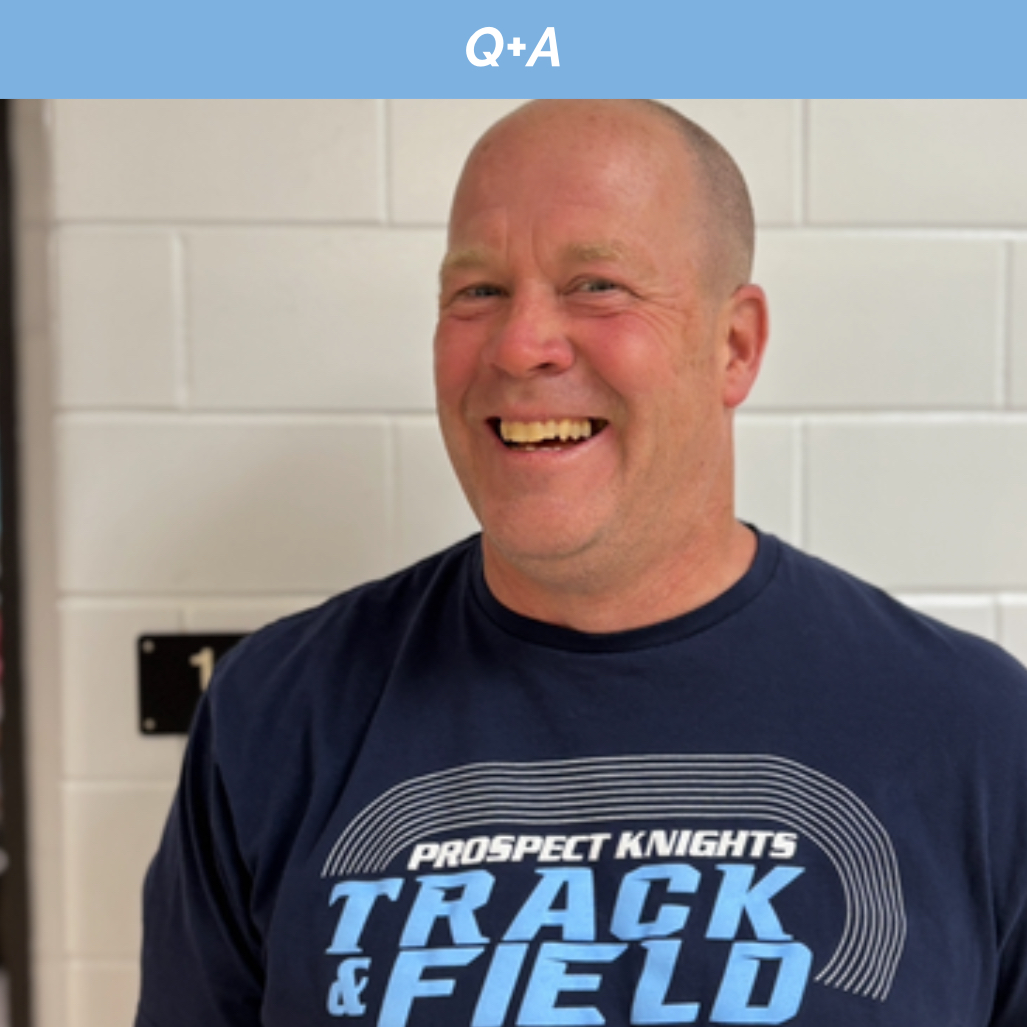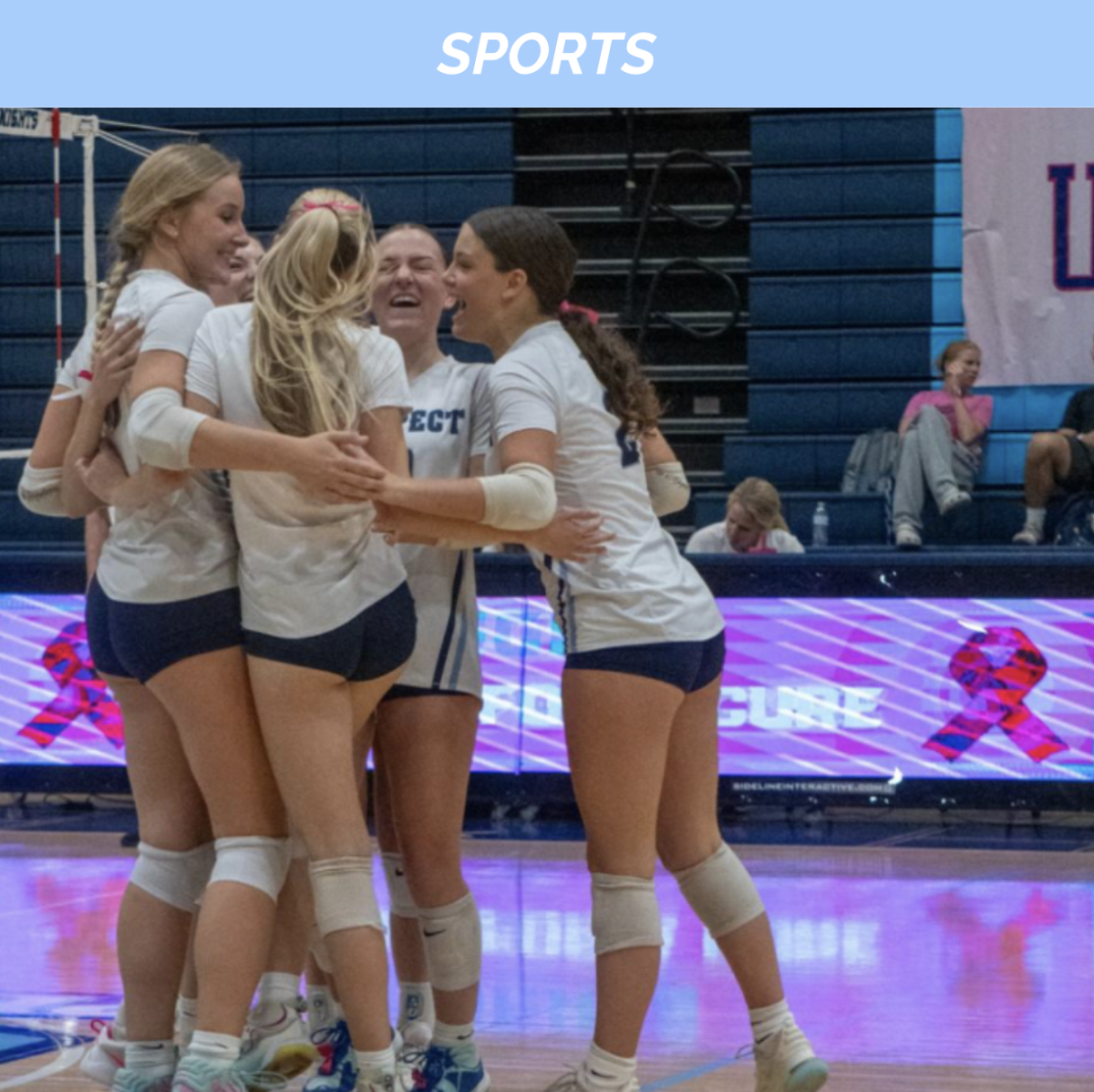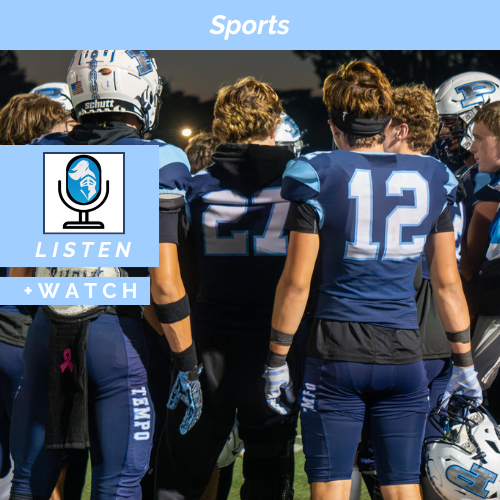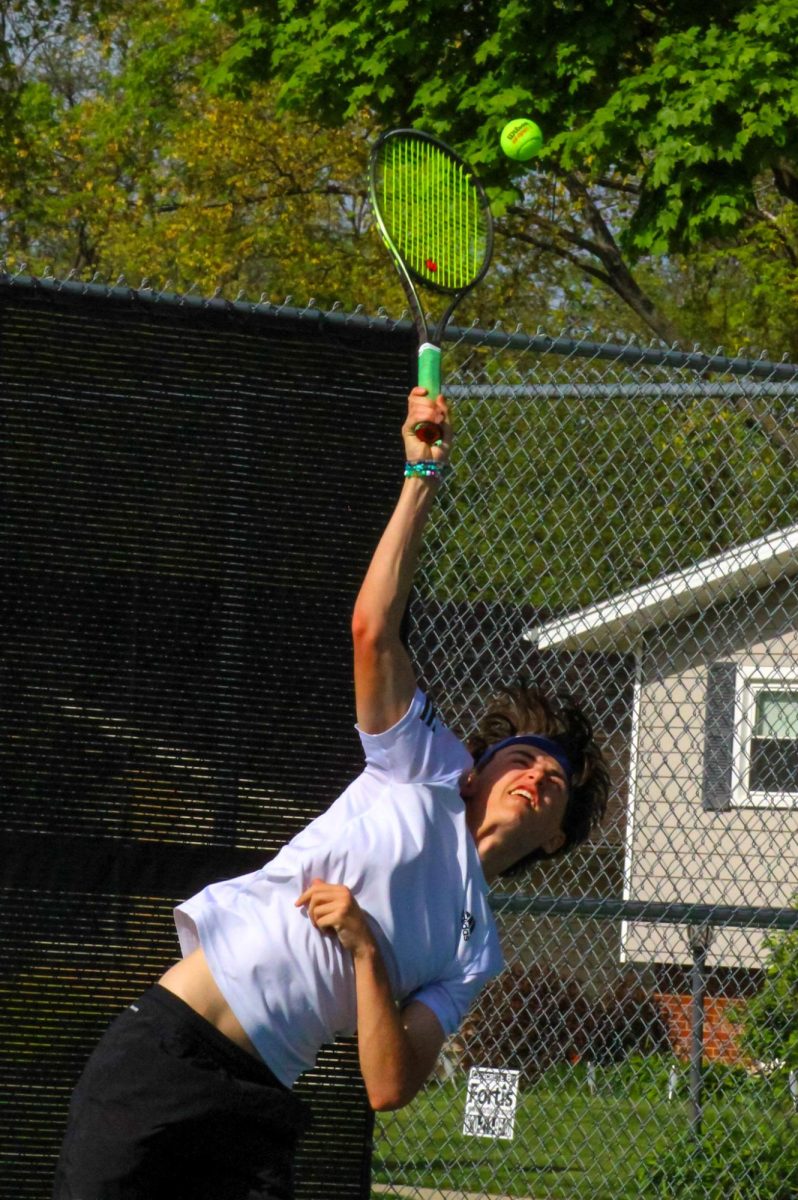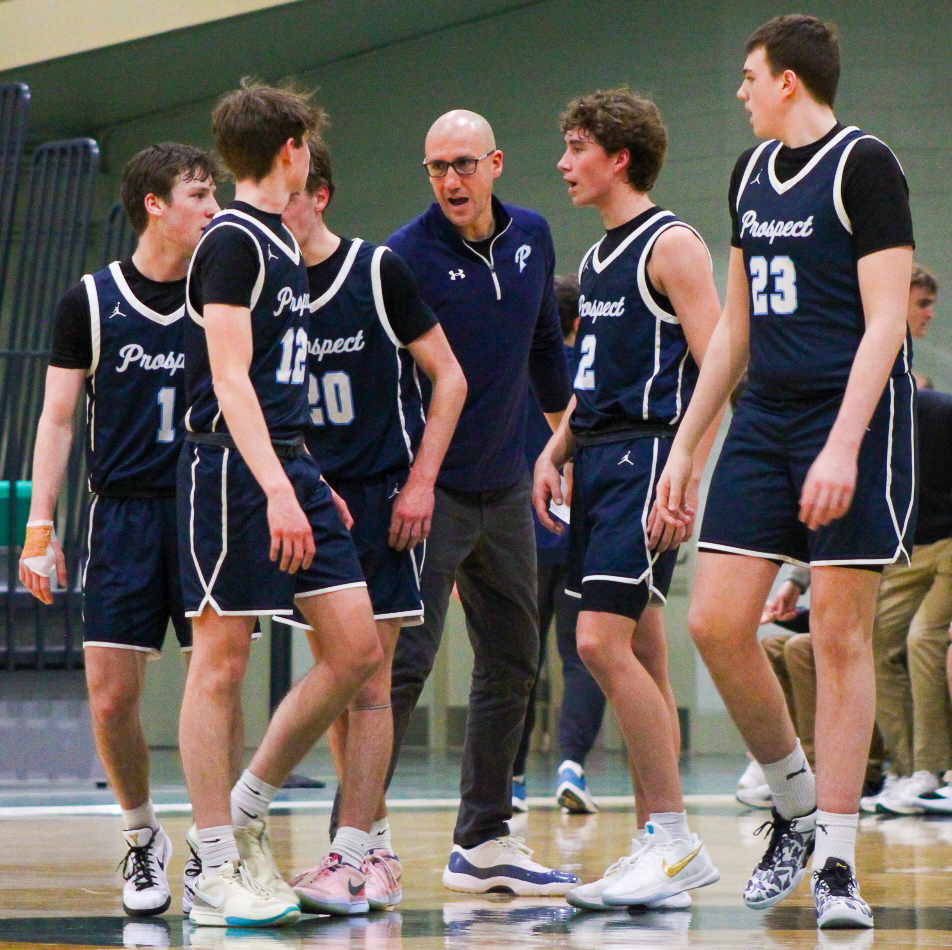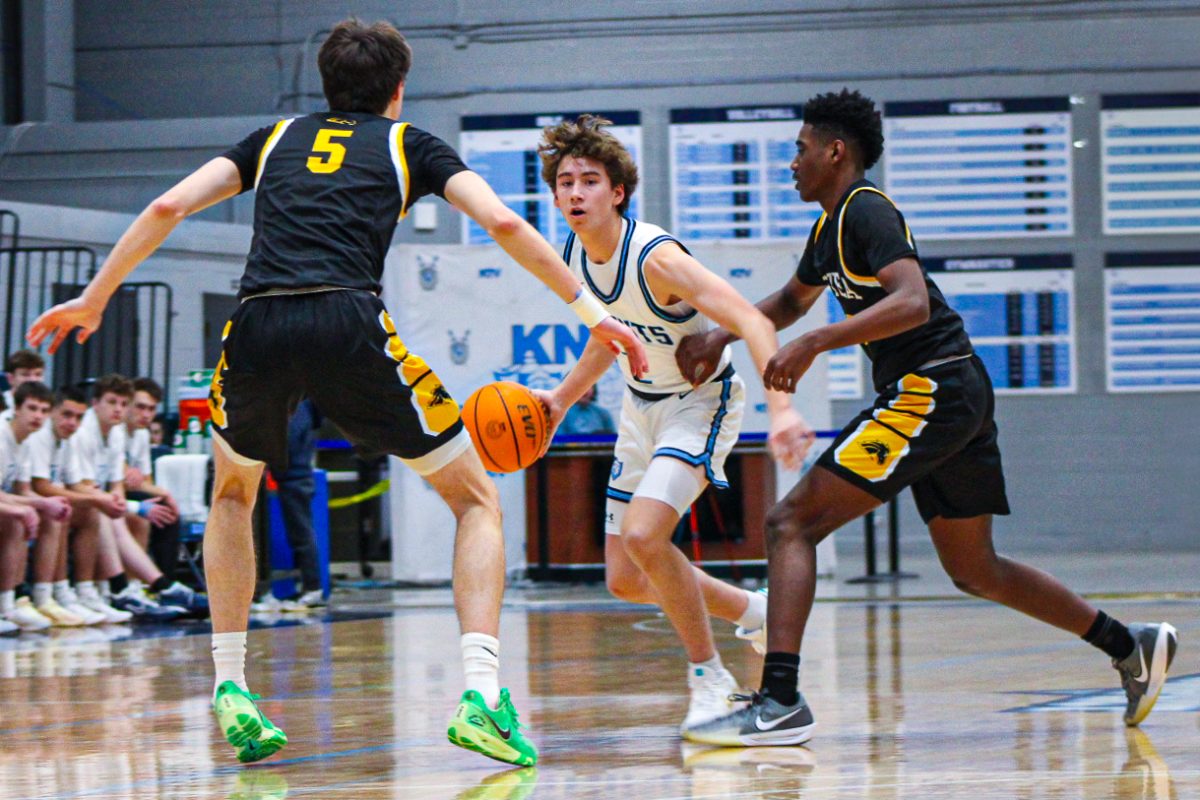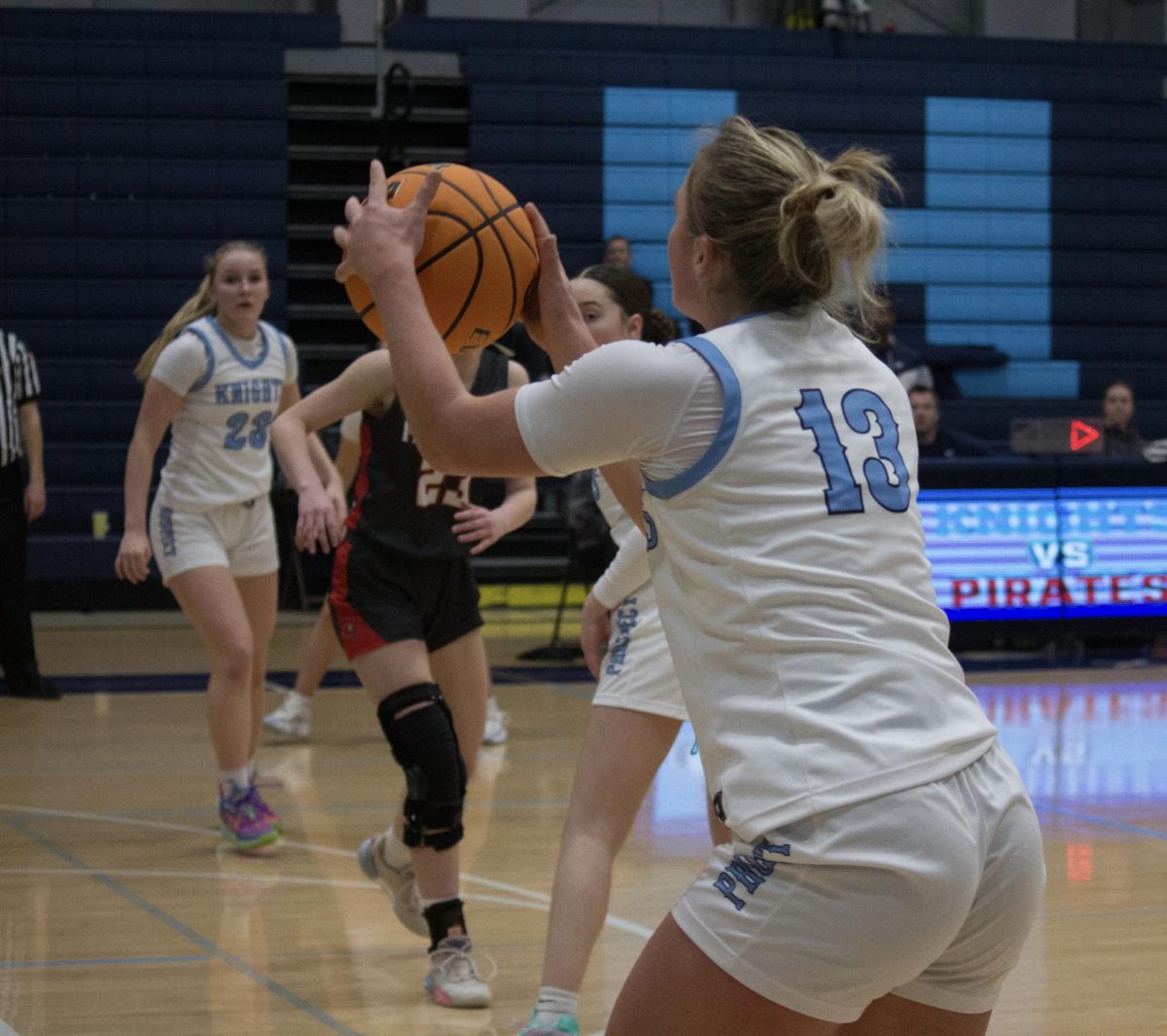
Sitting in the commons of Prospect High School, Service Club sponsor Erik Hammerstrom set up times for people to donate blood for Prospects blood drive. As he was working, an older man named George Serena, who had participated in many previous blood drives at Prospect, came up to the desk. According to Hammerstrom, he has donated enough blood to save roughly 800 lives.
Once he gets close to Hammerstrom, the 92-year-old man puts on a costume that resembles a blood drop, which many students love. They took selfies with him, and he even convinced a few people to sign up for the blood drive.
“He would get people excited about [the blood drive],” Hammerstrom said. “He would always pull through for people who otherwise weren’t going to donate.”
According to Red Cross Blood Donation, someone is in need of blood every two seconds. Prospect helps fight this problem by having two blood drives a year; one in the winter and the other in the spring.
Senior Kelly Robinson has worked on 13 blood drives while being on the volunteer committee of the company Versiti for the past three years. Robinson introduced Prospect to Versiti, and this was the first year Prospect had done their blood drive in coordination with the company in past years they had used Vitalant.
“We wanted to encourage students and give them an easy outlet to be able to donate [blood],” Robinson said.
In order to participate in a blood drive, people could sign up in advance or could be a walk in. If the donor is 16, they need to have a signed permission form from their parents. The donor has to fill out a questionnaire 24 hours prior to donating blood, which basically confirms that they are healthy and haven’t taken any medication recently. Once the donor arrives at the blood drive and showcases the questions, their blood is taken to find their iron rate, (which needs to be 12.5 or higher), then one of the people working the blood drive will take their blood pressure.
“[The workers want] you to be in the best condition you can be,” Robinson said. “They want to make sure that there are no complications.”
Blood transfusions are needed very frequently. Robinson believes that bringing awareness to this information is important because it puts into perspective how much donating blood helps others.
“Someone you probably know will need a blood transfusion [at some point],” Robinson said “Bringing awareness [to that is very important], as a lot of hospitals, especially in our area, are in critical need.”
Hammerstrom and Robinson both believe that donating blood is a great way to help the community. Despite the simpleness of the task, it has the opportunities to save lives.
“The idea that you could save up to three peoples’ lives with one pint of blood is probably the most [accomplishing] thing you’re going to do all year,” Hammerstrom said.



